The concepts covered in this factsheet go beyond those seen in secondary school. It is intended as a supplement for those who are curious to find out more.
We often hear talk of the Western world or the West. This very broad concept is often used, but rarely defined. However, there are several ways of defining the West: geographical, cultural or political. What's more, the notion of the West has evolved over the course of history, adapting to political and religious changes and colonisation.
The West refers to all the countries of Western Europe and North America.
The current notion of the West and its conception stems from the Cold War, when the West was made up of Western Europe and its Anglo-Saxon allies. During the Cold War, these regions of the world were pitted against the Eastern Bloc, made up mainly of Russia and China. On the other hand, the use of the word West to designate a region of the world has its origins much further back, in the Western Roman Empire.
Although the notion of the West has evolved over time, the West can refer to a set of common cultural and historical characteristics, as well as a similar way of life in certain regions.
Western culture draws its identity from two main sources: the Greco-Roman world and Judeo-Christian traditions.
Greek and Roman civilisations have had a profound impact on Western culture. For example, several modern languages bear traces of Greek and Latin. Some others, including French, are directly descended from the Latin of the Roman Empire. Moreover, the languages of Antiquity have not only left their mark on vocabulary and syntax, but also on the way we write, since the alphabets of several languages also derive from Greco-Roman culture.

The School of Athens, a painting by Raphael, is a good representation of the culture and philosophy of ancient Greece
In addition to its linguistic influences, the Greco-Roman world has left its mark on Western civilisation through a number of legacies: the calendar, the concept of time, laws, human rights, eating and dressing habits, architecture, philosophy, and so on.
The main influence of Judeo-Christianity is reflected in religion and spirituality, notably in the monotheism (religion that admits only one God) of Judaism and in the ethical and moral values of the sacred texts. It should also be remembered that the values presented in the Old Testament are present in the teaching of the three great monotheistic religions of Judaism, Christianity and Islam.
At certain periods in Western history, religious life played an important role in everyday life. This influence was reflected in its strong presence in the arts. Many painters and artists depicted religious subjects (the life of Christ, the lives of saints, miracles, etc.). The presence of religion in the arts has never really ceased throughout history: painters from all eras have depicted episodes from the life of Jesus or Mary.
Here are a few representations of the Virgin and Jesus from different periods:
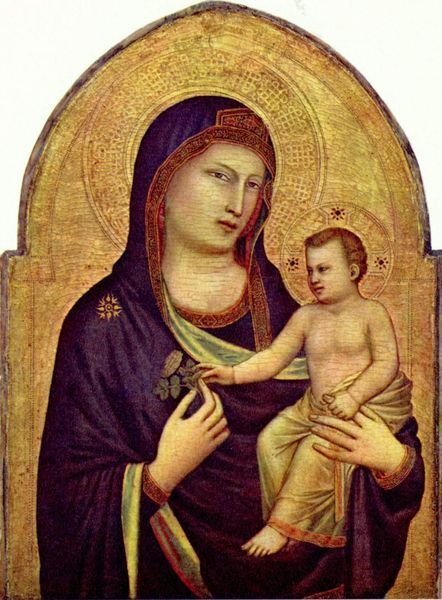
The Virgin and Child by Giotto (1320)
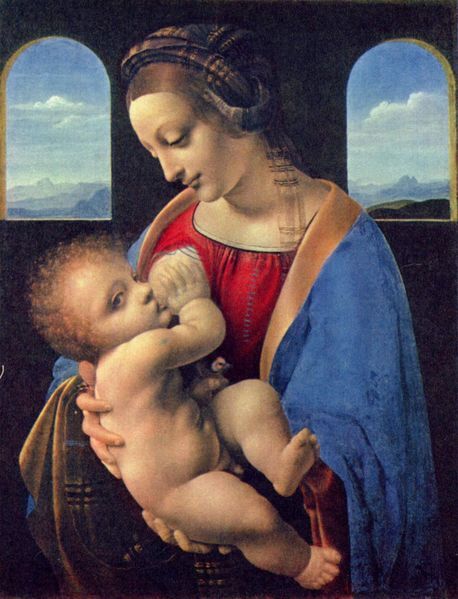
The Virgin giving birth by Leonardo da Vinci (1490)
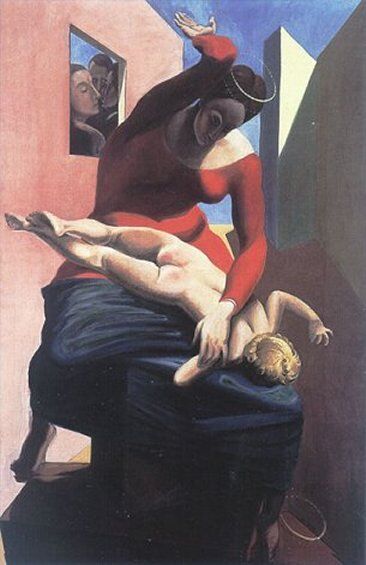
The Virgin Correcting the Child Jesus by Max Ernst (1924)
Language is also influenced by Christian religious traditions. Several common expressions come from events recounted in the Bible or in Christian history.
The expression " scapegoat " (meaning a person who is easily blamed and always pays for the fault of others) comes from the Bible.
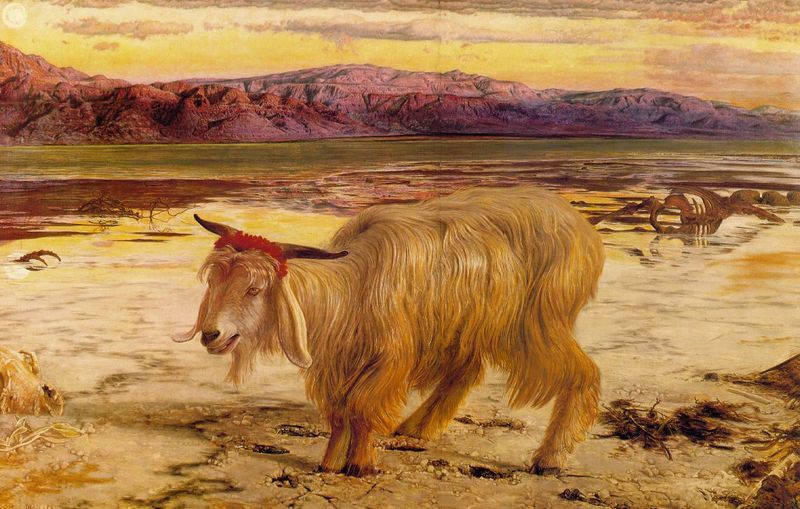
Representation of the Jewish tradition of the scapegoat by the painter William Holman Hunt, 1854
This expression comes from an ancient tradition of the Hebrew people and refers to the high priest who sent a goat laden with all the sins of Israel into the desert. The animal symbolised human sins, which is why it was sent into the desert. Today, this tradition no longer exists, but the expression has survived.
The history of the West can be summed up in four major periods if we consider the state of civilisation, religion and politics. These periods range from 3500 BC to the present day and the four phases are the origins, the Mediterranean period, the European period and the Atlantic and world period.
This period dates from between 3500 BC and 800 BC and represents the first civilisations in the Near East, including Egypt and Mesopotamia. These two civilisations developed and accumulated knowledge that would be passed on to the civilisations of the second historical period in the Mediterranean basin.
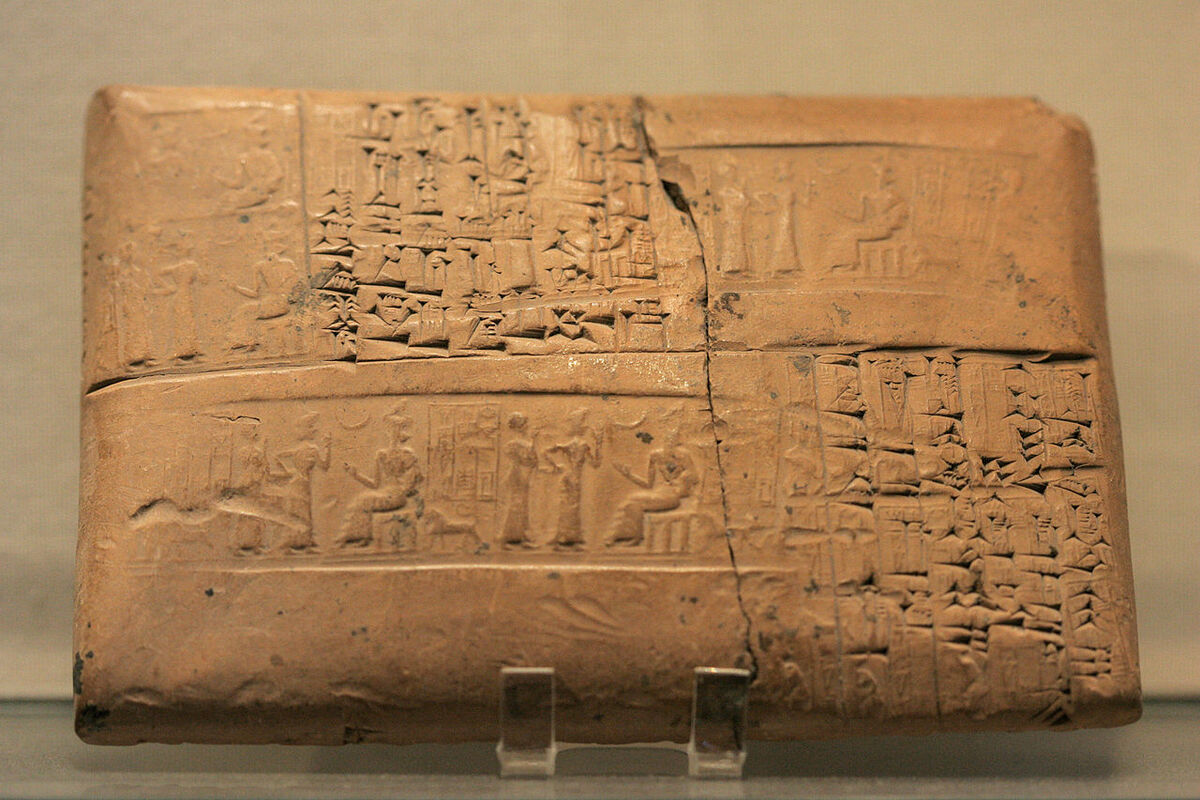
Details of ploughing and working hours
It was also during this period that the Hebrew people developed their first monotheistic religion: Judaism. Monotheism, and Judaism in particular, has had a major impact on Western culture.
Two powerful peoples assimilated the culture of the Near East and spread it around the Mediterranean basin. The Phoenicians, a people living on the east coast of the Mediterranean (roughly where modern-day Lebanon is), spread the culture of the first civilisations through trade and colonisation. One of the major contributions of Phoenician culture was undoubtedly the spread of the alphabet to the western Mediterranean.
The Greeks also encouraged the spread of knowledge and cultural traits through colonisation and trade. In fact, the Greek contribution to the whole of Western culture is without equal. The Greeks propagated a rich and dynamic culture, many aspects of which are still present today, including democracy.
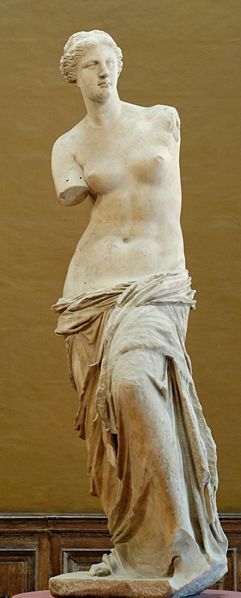
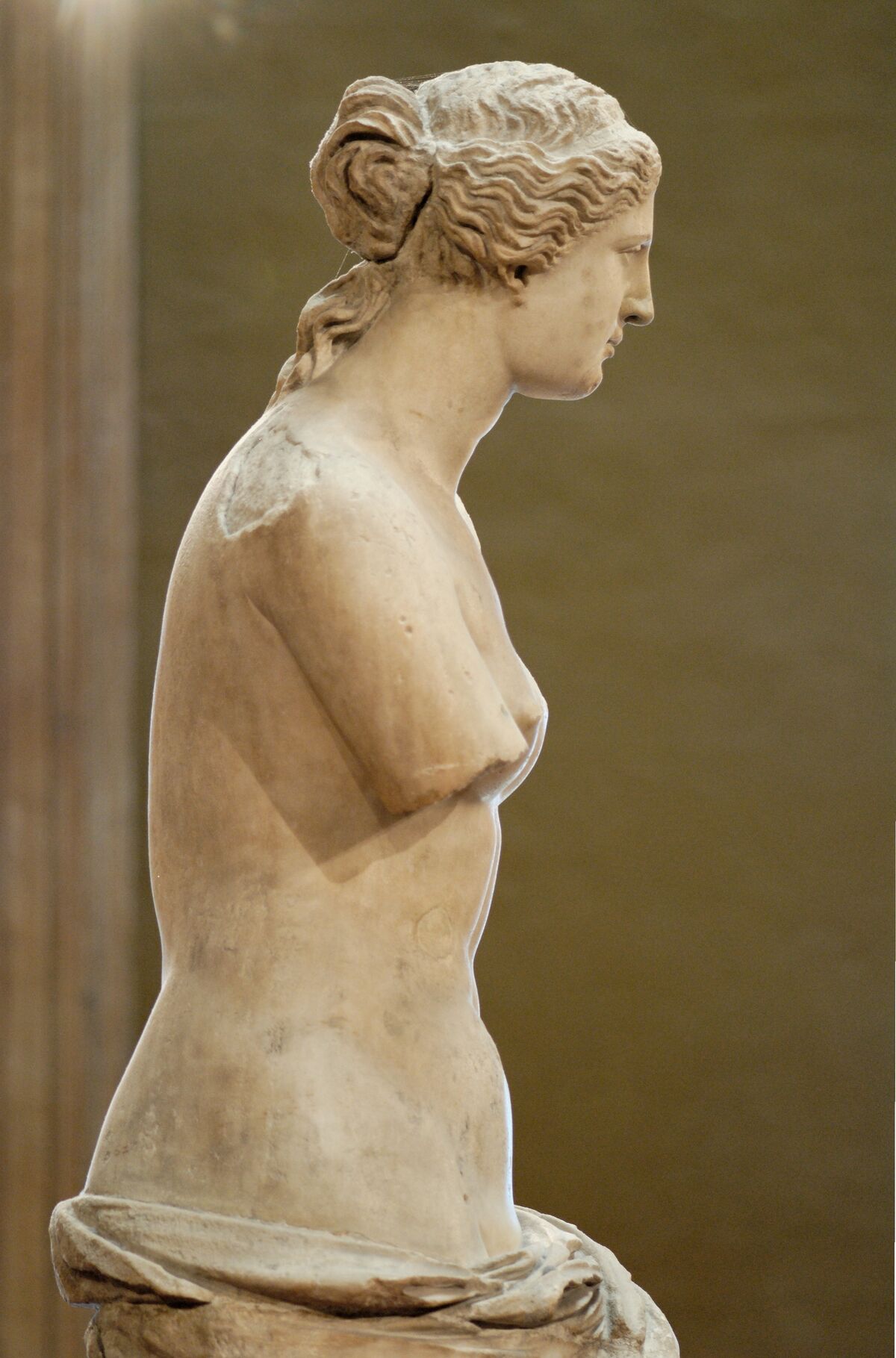

The Venus de Milo, an ancient Greek sculpture representative of the importance of Greek myths
Source (front), Source (profile), Source (back)
In the latter part of this historical period, the Romans also played a part in the development of Western culture, not only by integrating the cultural traits of Greece, but also by stimulating the political and cultural unity of the West through numerous additions such as law, architecture, town planning, the calendar, the political system, and so on.
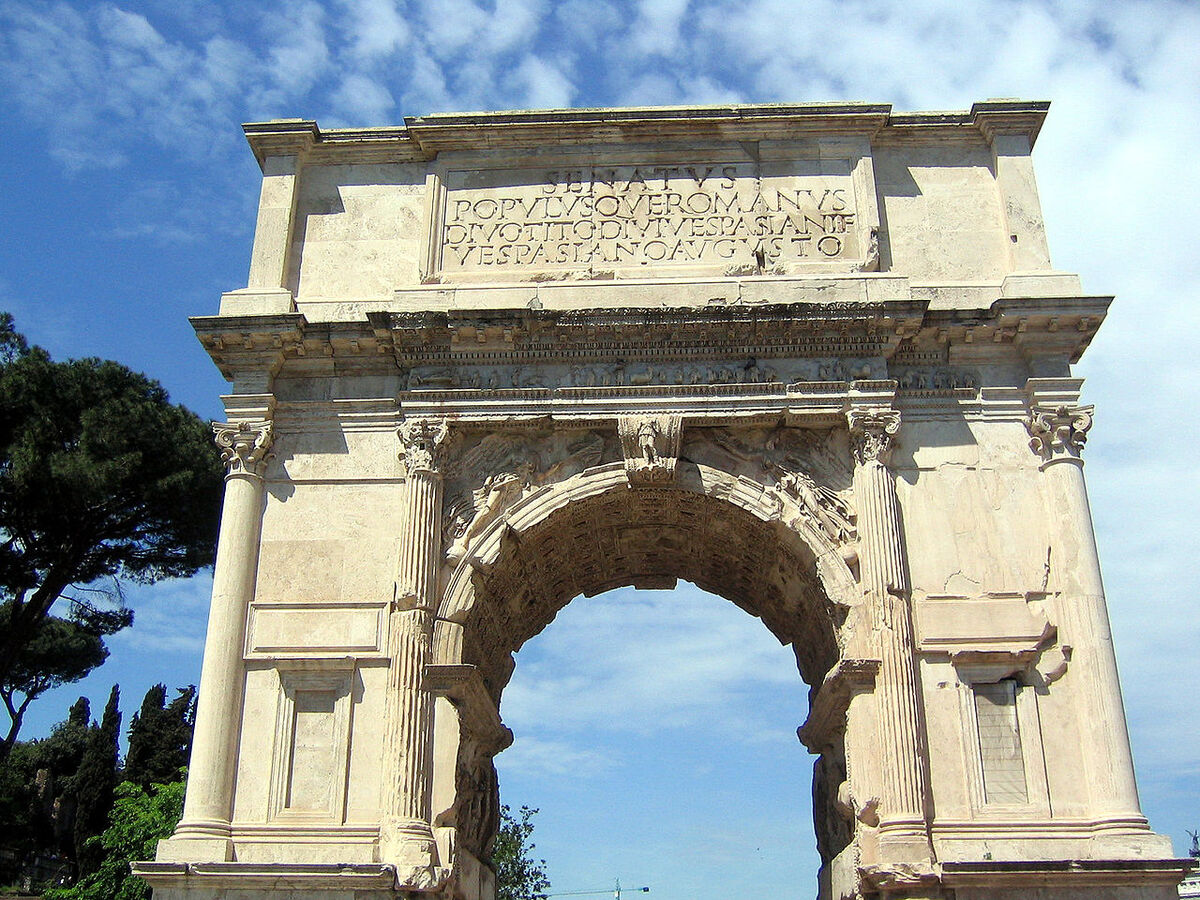
The Arch of Titus dates back to the Roman Empire. It has also influenced modern architecture.
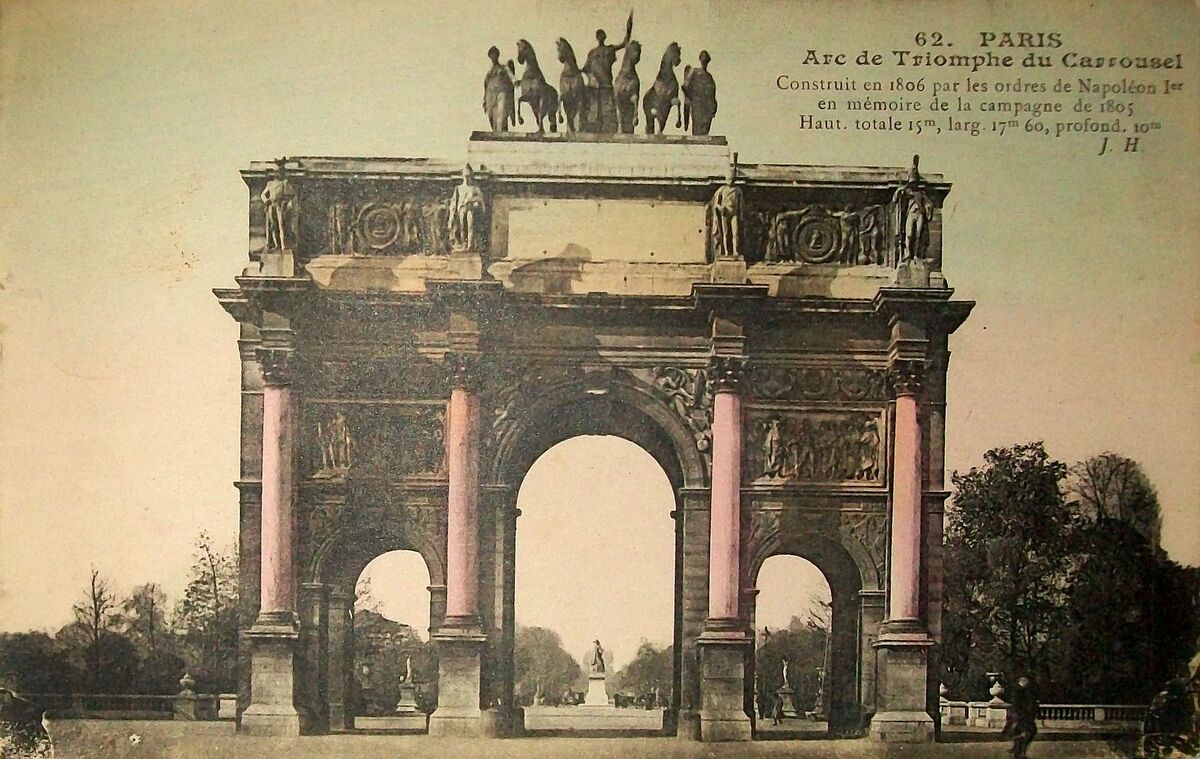
The Arc de Triomphe inspired by Roman architecture.
The contribution of Christianity to the end of the Roman Empire should not be overlooked. By assimilating both Greco-Roman cultural traits and the Judeo-Christian world, the Roman Empire succeeded in integrating these two major influences into Western culture. During the Mediterranean phase, Western culture dominated three continents, Asia (Near East), Africa (North of the Saraha) and Europe (South of the Danube), giving it major economic, cultural and political power.
This phase, which lasted from 476 to 1492, is in fact the period of the Middle Ages in the West. Several major events could have diminished the strength of Western culture in the early Middle Ages. The fall of the Roman Empire, the numerous barbarian invasions and the collapse of the empire and its political system compromised the development of Western culture.
Despite everything, this culture has endured, mainly thanks to three major groups: the Byzantines, the Romanised Germans and the Arab world. The Byzantines, in the eastern Mediterranean, contributed to the survival of Western culture through their libraries and institutions for the preservation of knowledge. Many ancient texts (philosophical and literary) have survived to the present day thanks to the libraries of Constantinople.
The Germans, who were Romanised and converted to Christianity, were able to preserve Western cultural traits thanks to their vast empire: the Holy Roman Empire. The Arab world, heir to ancient Greece, helped to preserve Western values by spreading the Greek heritage.
At the same time, while Western civilisation was surviving thanks to the will of a few groups, other civilisations in the Near East and Africa were breaking away from Western culture. The peoples of Western culture then concentrated on the European continent. The medieval period was nevertheless marked by the Christianisation of Europe, and the West acquired the cultural traits specific to Christianity. Cathedrals, such as Notre-Dame in Paris, are part of the Christian heritage of the Middle Ages and bear witness to the place occupied by Christianity during this period.
The last period of Western history was marked by a vast cultural boom and by territorial expansion. Western culture during the Renaissance was characterised by a return to antiquity, numerous technological and scientific developments and a period of exploration and colonisation.
What's more, the period of conquest conferred a more negative character on Western civilisation because of the aggressiveness of Western civilisation towards the conquered peoples, the pillaging, massacres, abuses against the natives and the slave trade in Africans.
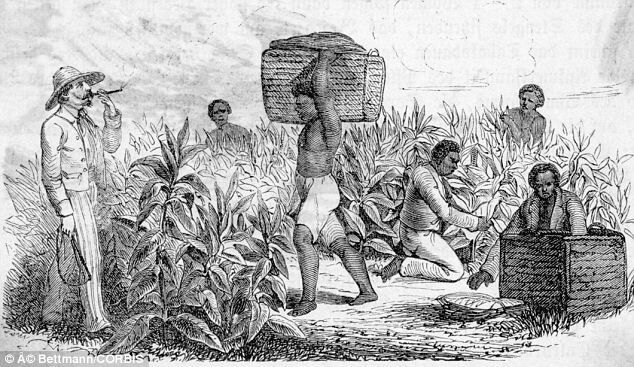
An illustration of the negative impact of colonisation, in this case slavery
The West stood out from other cultures thanks to its geographical and economic dynamism. As a result of the expansionist phase, the civilisations of North America became part of Western culture. In short, the Atlantic phase represents the period when the West and its values dominated the rest of the world. Today, every country on the planet is influenced by Western culture in many ways: politically, economically, religiously, artistically and so on. The geographical era of the West today includes Europe, the Americas, Australia and parts of Africa and Asia.